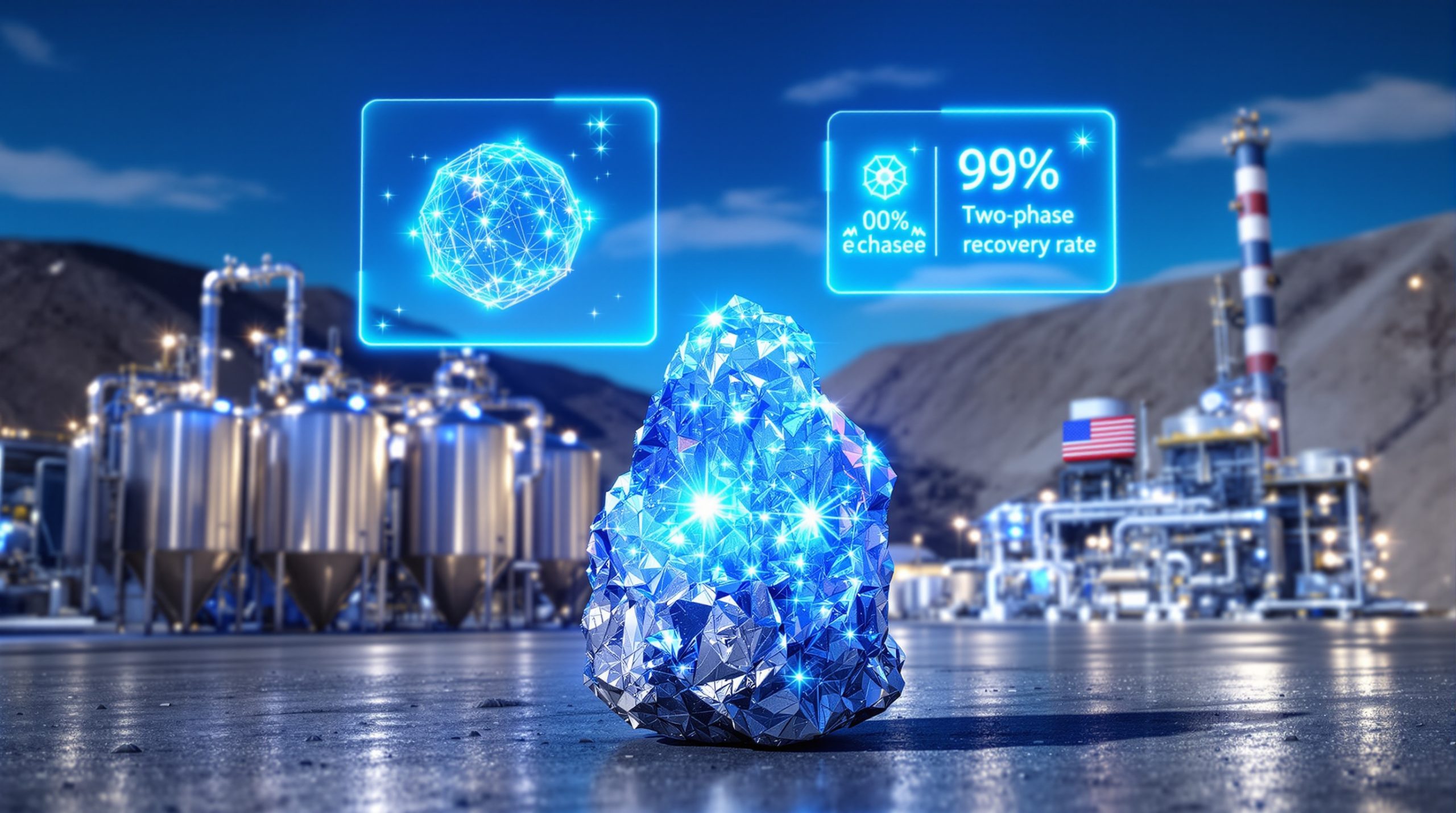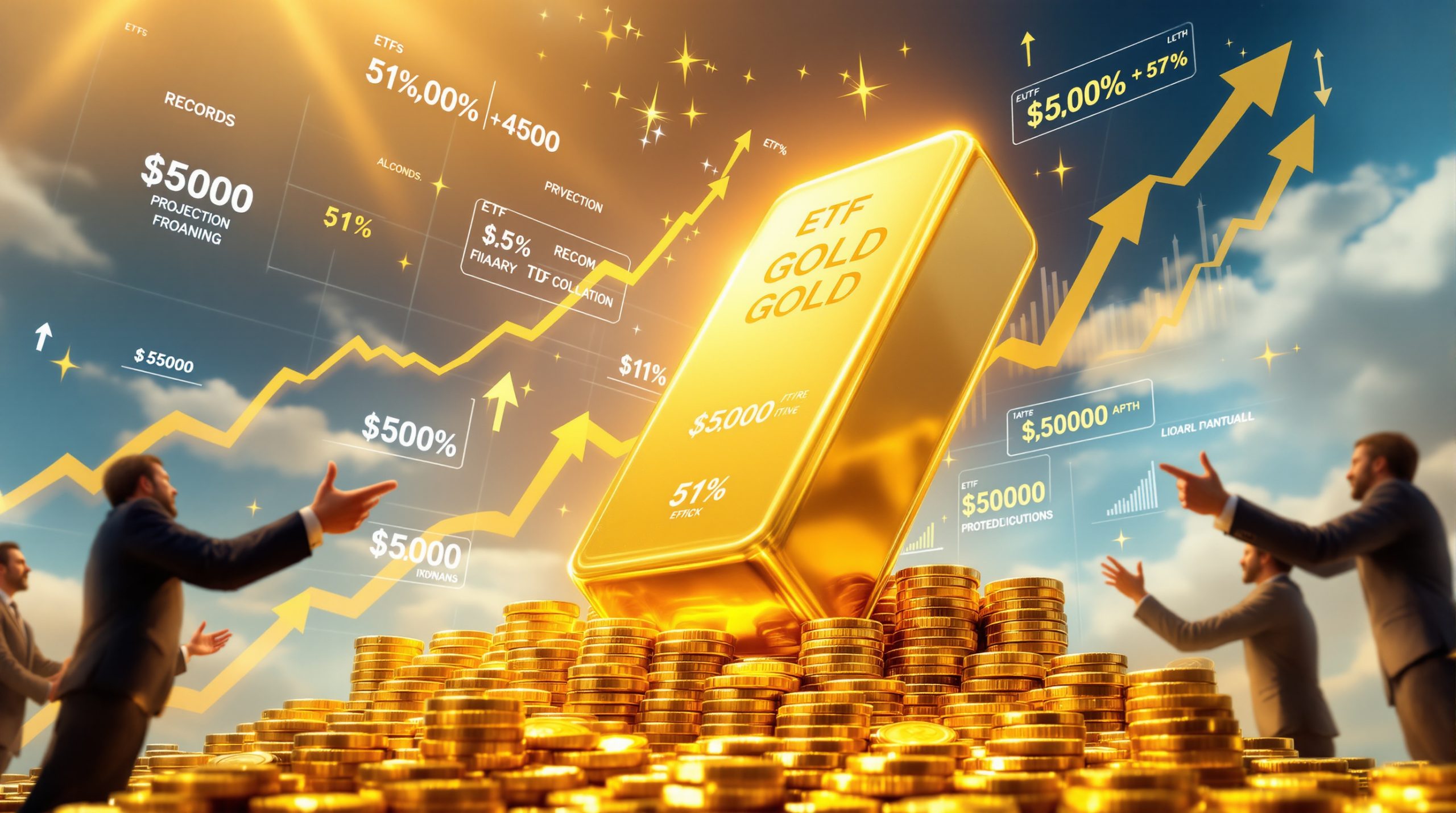Pilbara Minerals Shares Surge: The Lithium Market Renaissance
The resources sector has witnessed a remarkable phenomenon in recent months, with Pilbara Minerals shares emerging as standout performers that have dramatically outpaced even gold mining stocks despite the precious metal's record-breaking price run. This exceptional rally signals a potential renaissance in lithium market sentiment after a prolonged downturn that had previously dampened investor enthusiasm.
The Surprising Performance Comparison
While gold has captured headlines with its historic gold rally analysis above US$4,000 per ounce (representing a 55% increase since January), lithium stocks have quietly delivered even stronger returns without the fanfare typically associated with such performance.
| Company | Sector | 6-Month Share Price Gain |
|---|---|---|
| Mineral Resources | Lithium/Diversified | 166% |
| Liontown Resources | Lithium | 119% |
| Pilbara Minerals | Lithium | 96% |
| Newmont Corporation | Gold | 77% |
| Evolution Mining | Gold | 67% |
| Northern Star Resources | Gold | 27% |
This remarkable performance differential raises important questions about the underlying market dynamics driving lithium's resurgence and whether investors should be paying closer attention to this critical battery metal as it quietly outperforms even the most celebrated gold stocks.
Why Are Lithium Stocks Outperforming Gold?
The Strategic Importance of Lithium
Lithium remains fundamentally positioned as one of the most strategically important metals in the modern economy. As the primary component in lithium-ion batteries, it powers everything from smartphones to electric vehicles (EVs), making it essential to the global energy transition and technological advancement.
The metal's critical role in energy storage technology has cemented its status as a cornerstone commodity for future industrial development, particularly as nations worldwide accelerate their shift toward renewable energy systems and electric mobility solutions.
Market Sentiment Shift
After experiencing significant price declines and negative sentiment over the past two years, several factors appear to be rekindling investor interest in lithium:
-
Strategic National Interests: Recent government actions highlight lithium's critical importance in national security frameworks. For example, the US government recently acquired a 5% stake in Lithium Americas Corp's Thacker Pass project in Nevada—one of the world's largest lithium deposits—signaling strong governmental support for securing domestic supply chains. This move represents a significant shift from purely market-driven approaches to resource development.
-
Long-Term Demand Projections: Market research indicates substantial growth ahead, with projections suggesting the global lithium mining market could expand from approximately US$4.19 billion in 2025 to US$17.54 billion by 2035—representing a fourfold increase driven primarily by accelerating EV adoption and renewable energy storage requirements.
-
Technical Market Factors: After significant price corrections, lithium stocks may have reached attractive valuations relative to their long-term growth potential, triggering renewed investor interest. The sector's previous overselling created a foundation for the current rebound as fundamental value began to outweigh negative sentiment.
-
Supply Constraints: The development timeline for new lithium projects typically spans 5-7 years, creating natural limitations on how quickly supply can respond to increasing demand. These constraints become more pronounced as canceled or delayed projects during the downturn further restrict future supply growth.
How Have Pilbara Minerals Shares Performed?
Recent Price Action
Pilbara Minerals shares have climbed to $2.70, representing a remarkable 96% increase over the past six months. This performance is particularly notable given the challenging market conditions that previously affected lithium producers and demonstrates the company's resilience and market positioning.
The stock's trajectory has followed a steady upward trend rather than exhibiting the volatility often associated with resource stocks, suggesting sustained investor confidence rather than speculative trading.
Company Fundamentals
As one of Australia's premier lithium producers, Pilbara Minerals operates the Pilgangoora Operation in Western Australia, one of the world's largest hard-rock lithium deposits. The company has established itself as a significant player in the global lithium supply chain through:
-
Production Scale: Pilgangoora represents a substantial portion of global hard-rock lithium supply, positioning the company as a key player in meeting international demand. The operation's scale provides advantages in production efficiency and market influence.
-
Strategic Partnerships: Relationships with major battery and EV manufacturers have strengthened Pilbara's position in the supply chain and provided greater revenue certainty through offtake agreements.
-
Vertical Integration Initiatives: Development of midstream processing capabilities has allowed Pilbara Minerals to capture additional value beyond mere resource extraction, improving margin potential and reducing exposure to raw material price fluctuations.
-
Resource Quality: The Pilgangoora deposit features high-grade spodumene concentrate, which translates to lower processing costs and premium product pricing compared to lower-grade alternatives.
What's Happening with Other ASX Lithium Producers?
Liontown Resources
Liontown shares have surged an impressive 119% over the past six months, reaching $1.03. The company continues to develop its flagship Kathleen Valley project, which is positioned to become one of Australia's major lithium operations when it reaches full production.
Investor enthusiasm for Liontown stems from several factors:
- The exceptional grade profile of its Kathleen Valley deposit
- Advanced project development status with major milestones achieved
- Strategic positioning as a future supplier to the growing battery market
Mineral Resources
As the top performer among major lithium stocks, Mineral Resources shares have skyrocketed 166% to $43.63. This exceptional performance reflects not only its lithium operations but also its diversified mining services and iron ore businesses, providing investors with exposure across multiple commodities.
The company's diversification strategy has proven particularly effective at mitigating sector-specific risks while allowing shareholders to benefit from strength across various resource markets. This business model has attracted investors seeking both lithium exposure and portfolio diversification.
What Factors Are Influencing the Lithium Market?
Supply-Demand Dynamics
The lithium market has experienced significant volatility in recent years, creating a complex landscape for investors to navigate:
-
Previous Oversupply Concerns: Rapid expansion of production capacity led to oversupply fears and price declines during 2022-2024, with lithium carbonate prices dropping by over 80% from their peak.
-
Demand Recovery: Accelerating EV sales, particularly in China and Europe, have helped stabilize demand fundamentals. Global EV sales continued to grow despite economic headwinds, with many major markets seeing EVs reach over 10% of new vehicle sales.
-
Project Delays: Many planned lithium projects have faced delays or cancellations during the downturn, potentially limiting future supply growth just as demand accelerates. This dynamic could create supply constraints in the medium term.
-
Inventory Adjustments: After a period of destocking throughout the supply chain, many battery and EV manufacturers are beginning to rebuild inventory positions, creating additional demand momentum.
Geopolitical Considerations
Lithium's strategic importance has elevated it beyond purely economic considerations, introducing new market dynamics:
-
Supply Chain Security: Major economies are prioritizing domestic or friendly-nation lithium supplies, creating premium pricing opportunities for producers in geopolitically favorable locations.
-
Critical Mineral Designations: Many countries have formally classified lithium as a critical mineral essential for economic and national security, leading to special treatment in regulatory and investment frameworks.
-
Government Incentives: Various support mechanisms are being implemented to encourage domestic lithium production and processing, including direct investments, lithium industry tax breaks and streamlined permitting processes.
-
Strategic Competition: The growing rivalry between major powers, particularly the United States and China, has intensified focus on controlling lithium supply chains, with implications for global pricing and investment flows.
Is This the Beginning of a Sustained Lithium Recovery?
Market Growth Projections
According to industry forecasts, the lithium market appears poised for substantial long-term growth, supported by several structural trends:
-
EV Adoption Acceleration: Global EV sales continue to increase as a percentage of total vehicle sales, with many major markets implementing phase-out dates for internal combustion engines. This regulatory push, combined with improving EV economics, supports long-term lithium demand growth.
-
Battery Storage Expansion: Grid-scale energy storage systems represent a growing demand source beyond EVs. As renewable energy generation increases market share, the need for storage solutions grows proportionally, creating additional lithium demand.
-
Supply Constraints: Development timelines for new lithium projects typically span 5-7 years, creating potential supply limitations in the medium term as demand growth outpaces new production capacity.
-
Technology Evolution: While battery chemistry continues to evolve, lithium remains central to most next-generation battery technologies, ensuring continued relevance despite shifts in specific formulations.
Investment Considerations
For investors evaluating lithium stocks, several factors warrant careful consideration:
-
Production Costs: Companies with lower-cost operations may demonstrate greater resilience during price fluctuations. Cost position within the industry is often a key determinant of long-term success.
-
Processing Capabilities: Producers with midstream processing assets can potentially capture additional margin by selling more refined products rather than raw materials.
-
Balance Sheet Strength: Financial stability remains crucial given the capital-intensive nature of lithium development and the sector's historical volatility.
-
Offtake Agreements: Secured sales contracts provide revenue visibility and reduce market risk, particularly important in a commodity market known for price fluctuations.
-
Jurisdiction Risk: The location of lithium assets increasingly matters as governments prioritize domestic supply chains, creating potential advantages for projects in politically stable, strategically aligned regions.
What Are the Risks to Consider?
Despite the recent positive momentum, several risks remain relevant for lithium investors:
-
Price Volatility: Lithium prices have demonstrated significant historical volatility, with multiple boom-bust cycles over the past decade. This pattern could continue as supply and demand adjust to changing market conditions.
-
Technology Disruption: Alternative battery chemistries could potentially reduce lithium demand intensity, though most industry experts believe lithium will remain a core component in battery technology for the foreseeable future.
-
Project Execution Challenges: Development of new lithium operations frequently encounters delays and cost overruns, affecting projected returns and market timing.
-
Chinese Market Dependence: China remains the dominant processor of lithium and manufacturer of batteries, creating exposure to Chinese economic conditions and policy decisions.
-
Market Sentiment Swings: The lithium sector has historically experienced dramatic sentiment shifts, leading to amplified price movements that may not always align with fundamental supply-demand balances.
How Does This Compare to the Gold Rally?
Different Market Drivers
While both gold and lithium have delivered strong returns, they respond to different market forces and serve distinct functions in investment portfolios:
-
Gold: Traditionally viewed as a safe-haven asset, gold has benefited from geopolitical uncertainty, inflation concerns, and central bank purchasing. Its recent price surge to over US$4,000 per ounce reflects broader economic anxieties rather than industrial demand growth.
-
Lithium: Driven primarily by industrial demand, technological adoption, and energy transition trends, lithium represents a growth-oriented commodity play tied to specific sectoral developments rather than macroeconomic hedging.
The divergence in performance despite these different drivers suggests potential structural strengths in both markets rather than merely cyclical factors.
Investment Implications
This divergence offers potential portfolio diversification benefits that savvy investors can leverage:
-
Complementary Exposure: Gold provides potential inflation protection while lithium offers growth exposure, potentially allowing investors to hedge against economic uncertainty while maintaining positions in future-oriented sectors.
-
Different Economic Sensitivities: Gold often performs well during economic uncertainty, while lithium demand is tied to industrial growth and technological adoption, creating natural portfolio balancing opportunities.
-
Sector Rotation Potential: The outperformance of lithium stocks may signal a broader rotation from defensive assets toward growth-oriented investments, providing early indicators for portfolio repositioning.
What's the Outlook for Pilbara Minerals and the Lithium Sector?
Near-Term Considerations
Several factors will likely influence lithium market performance in the coming months:
-
Chinese EV Sales: As the world's largest EV market, Chinese demand remains a critical driver of lithium consumption and pricing. Recent government incentives to boost EV adoption in China could accelerate demand growth.
-
Battery Manufacturing Capacity: Expansion of gigafactories globally increases lithium demand, with numerous major facilities under construction in North America, Europe, and Asia. The commissioning timeline for these facilities will impact near-term demand.
-
Project Development Timelines: The pace of new supply coming online will impact market balance, with several major projects approaching production decisions in the next 12-18 months.
-
Macroeconomic Conditions: Interest rate trajectories and overall economic growth will influence both EV adoption rates and capital availability for lithium project development.
Long-Term Perspective
Looking further ahead, structural trends support continued lithium demand growth over a multi-year horizon:
-
Transportation Electrification: Government mandates and consumer preferences continue driving EV adoption, with many major markets targeting 100% electric vehicle sales by 2035-2040.
-
Energy Storage Growth: Renewable energy integration requires expanded battery storage capacity, creating a secondary growth market for lithium that could eventually rival transportation in scale.
-
Supply Chain Regionalization: Development of local supply chains in major markets may create premium pricing for certain producers based on geographic positioning and geopolitical relationships.
-
Industry Consolidation: The lithium sector may experience increased merger and acquisition activity as larger players seek to secure resources and smaller developers face funding challenges, potentially benefiting well-positioned mid-tier producers like Pilbara Minerals.
FAQs About Pilbara Minerals and Lithium Stocks
What factors have driven Pilbara Minerals' share price higher?
The recent surge in Pilbara Minerals shares appears driven by improving lithium market sentiment, strategic positioning as a major producer, and growing recognition of lithium's critical role in the energy transition. The company's operational execution and strong balance sheet have also helped attract investor interest as sentiment toward the sector improves.
How does lithium mining compare to gold mining as an investment?
While gold mining offers exposure to a traditional safe-haven asset, lithium mining provides exposure to energy transition and technological growth trends. The sectors have different risk profiles, capital requirements, and market drivers. Gold typically performs well during economic uncertainty, while lithium tends to benefit from technological adoption and mining industry evolution.
What are the key metrics to monitor for lithium producers?
Important metrics include production costs per tonne, realized selling prices, production volume growth, resource size and quality, and development of downstream processing capabilities. Investors should also track cash flow generation, balance sheet strength, and project development milestones when evaluating lithium producers.
How might government policies impact lithium stocks?
Government initiatives supporting domestic battery supply chains, EV adoption incentives, and critical mineral strategies can significantly benefit lithium producers through direct investment, favorable regulations, and demand stimulation. Recent policy moves in North America, Europe, and Asia demonstrate increasing governmental interest in securing lithium supply chains, potentially creating advantages for producers in politically favored jurisdictions.
What differentiates successful lithium producers from underperformers?
The most successful lithium companies typically feature low production costs, high-quality resources, strong balance sheets, strategic offtake agreements, and processing capabilities beyond basic extraction. Geographic positioning near major battery-grade lithium refinery hubs can also provide competitive advantages through reduced transportation costs and supply chain integration. Additionally, companies that stay informed about global lithium insights tend to make better strategic decisions in this rapidly evolving market.
Want to Invest in the Next Mineral Discovery?
Discovery Alert's proprietary Discovery IQ model instantly notifies investors about significant ASX mineral discoveries, turning complex mineral data into actionable investment opportunities. Discover why major mineral discoveries can lead to substantial market returns by exploring our dedicated discoveries page and position yourself ahead of the market.




